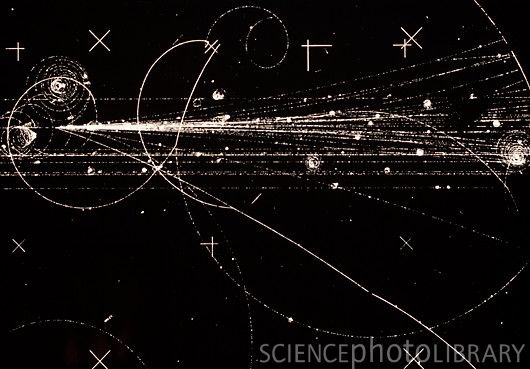
The Mini Marvels: In a world where smaller is often better, researchers have miniaturized particle accelerators. These tiny marvels are no bigger than a computer chip but have the potential to be a game-changer in fields like medicine and research. The Friedrich-Alexander-Universität Erlangen-Nürnberg (FAU) team, working alongside colleagues from Stanford University, has pulled off a stunt that’s less smashing atoms and more shrinking accelerators.
Electron Rocket Boosters: Particle accelerators are the colossal machines we typically associate with CERN and Hollywood. However, they’re also used in medical treatments and other everyday applications. These machines are often massive, requiring a significant chunk of real estate. FAU and Stanford researchers, wanting to be more “down-to-earth,” turned to nanophotonic accelerators – super small structures about as long as half a millimeter, equivalent to the size of a coin, making these accelerators as petite as your smartphone.
Zap Zap, We Have Lift-off: These mini-accelerators operate by firing ultrashort laser pulses at nanostructures to propel electrons. The dream scenario? Placing a particle accelerator on an endoscope to perform precise internal radiotherapy. But we’re not quite there yet. Still, it’s an impressive step towards a “particle accelerator on a chip.” Dr. Roy Shiloh, one of the researchers, seems excited about this, and we’re right there with him.
Nanotech to the Rescue: Two years ago, the team cracked controlling the flow of electrons in a vacuum over long distances using the alternating phase focusing (APF) method. Now, they’ve combined APF with pillar-shaped geometrical structures to not only guide but also accelerate electrons over half a millimeter. While this might sound like child’s play in the particle physics realm, it’s a giant leap forward.
The Quantum Quest: The journey doesn’t end here. The goal is to boost the gain in energy and electron current so that these tiny accelerators can be a medical marvel. To get there, they’d need to increase the gain in energy by about 100 times. A lot more tiny leaps to go!
Global Mini Revolution: Interestingly, Stanford University researchers were working on similar developments. Their results, though still under review, echo the FAU team’s accomplishments. Both teams are now collaborating on an “Accelerator on a chip” project funded by the Gordon and Betty Moore Foundation, with a vision that’s now turning into reality. Small world, isn’t it?
The era of tiny but mighty accelerators could be on the horizon, and the universe just got a little bit smaller in a good way.
